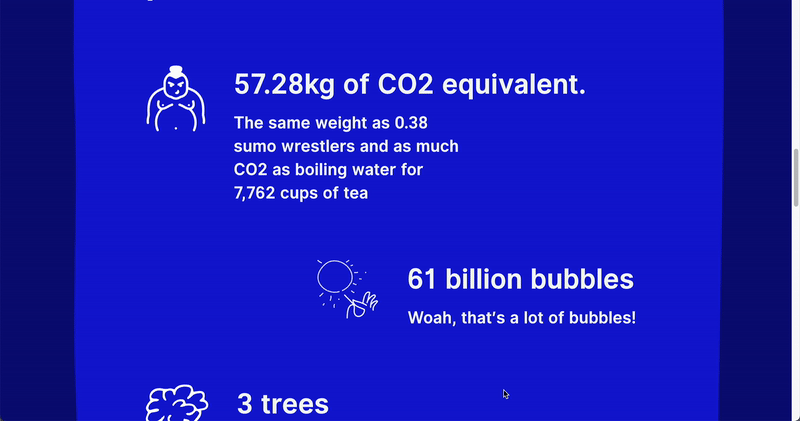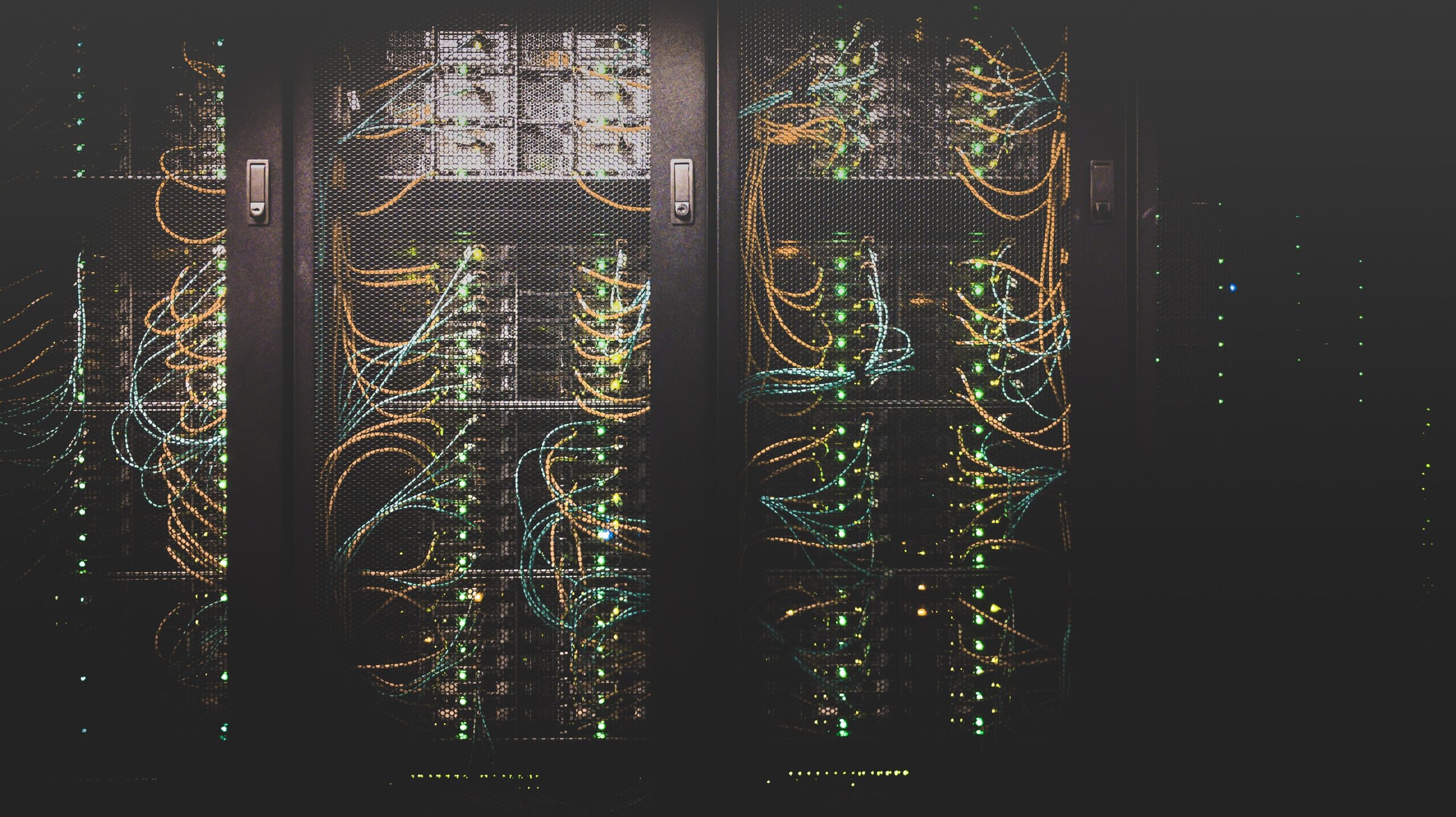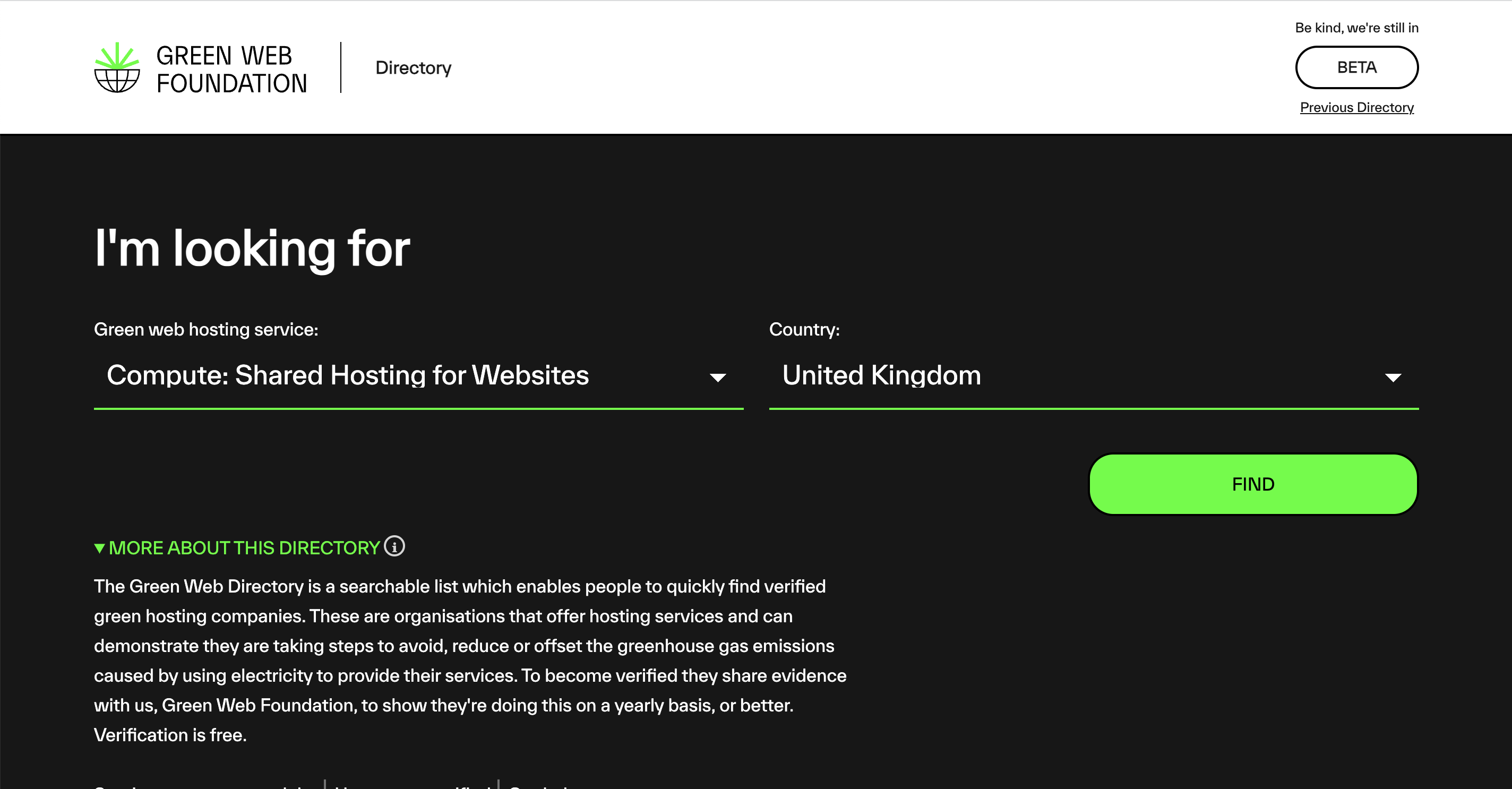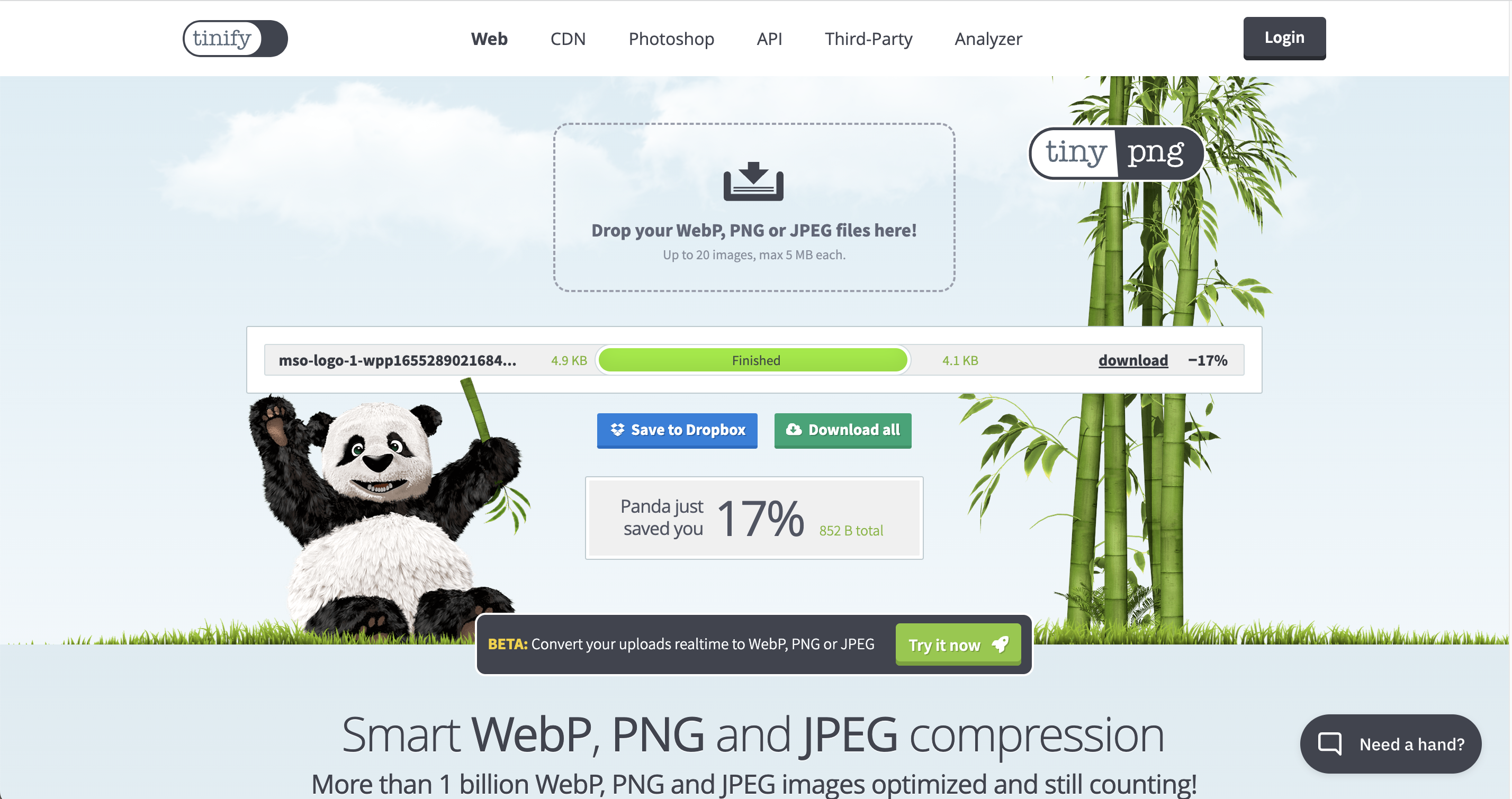Small-to-medium-sized enterprises often underestimate the value of their contribution to reaching Net Zero by 2050, but with 5.5 million SMEs in the UK, they’re vital to achieving this goal.
Reaching Net Zero – Choosing a green digital partner
It’s never been more important for SMEs to evaluate their environmental strategies.
Not only is this integral to the UK Government’s ambitious target of reaching net zero by 2050, but also because sustainability has become a huge part of the wider public consciousness.
And it is this public that engages with your business, whether as customers, advocates or as members of your workforce.
Creating a long-term sustainability strategy is therefore intrinsic to improving sentiment with customers, as well as defining the values that shape the culture of your business, giving employees a more heightened sense of purpose and boosting morale.
So with that being said, this blog post looks at how SMEs can implement green digital practices to support their role in the green revolution.
So, where do you start?
There are many misconceptions that sustainable measures are only for larger enterprises, require significant investment or involve innumerable organisational changes.
And it is these misconceptions that can often be overwhelming to those SMEs taking their first steps to making more environmentally sustainable decisions for their businesses, however it does boast some potential benefits.
These include:
- Becoming more cost-effective by reducing running costs
- Reducing waste by digitising processes
- Improving overall brand reputation and;
- Increasing audience engagement.
Start small and sensibly, by auditing your digital processes, create workflow visualisations and look at identifying possible opportunities for change.
You’ll likely find that there are some ‘quick wins’ that can be implemented fairly painlessly, whereas others may require a bit more thought.
Measuring carbon emissions from your business website
Previously, it was almost impossible to know what the emissions from your SME website may have been.
Fortunately in the current digital age, there’s a website to help you. It’s called websitecarbon.com.
This website provides data on CO2 emissions per page view, an estimate of yearly CO2 emissions, annual energy consumption as well as identifying where the site is hosted, and whether that hosting environment is green.
This tool is a great starting point as it offers suggestions into what improvements can be made on your website.

But if you need a little more help, we’ve identified some possible areas that you can look at.
Switch to a green host
In the drive for sustainability, a great first step is to move your website to a green hosting provider.
But what exactly is green hosting?
Well the internet uses a huge amount of energy, a significant portion of which is used in data centres worldwide where information is stored and processed.
Around 50% of today’s data centres are classed as hyperscale, which means that they generally contain in excess of 5,000 servers each; think major players such as Microsoft, Google or Amazon – who alone host 5.8% of all sites on the internet.
They’ll also each have an extensive air-conditioning system to keep those servers cool, culminating in one hell of an energy bill.

But whilst all data centres use power, each will have a varying level of consideration on their environmental impacts and differing sustainability goals.
For example; Amazon Web Services is committed to using 100% renewable energy by 2025 and Microsoft Azure pledge to replenish more water than they consume by 2030.
When looking for a green web host, make sure you speak to your current hosting provider to understand what their sustainability approach is and whether they can make changes to your hosting environment to reduce your carbon footprint.
If your provider doesn’t offer this service, The Green Web Foundation Directory is a great resource to find a supplier suitable for your business.

Choose a web agency that follows best practices on sustainability
The website development process can greatly influence the energy consumption of your business website, but Thankfully, modern technology allows your website developers to implement stringent practices to optimise the core elements of your website without compromising on design.
Choosing a website agency that understands the necessity of writing tidy, streamlined code and efficient database queries is fundamentally important.
Equally so is their ability to scrutinise and consider the use of any third-party scripts (e.g. tracking analytics and social media integrations) that could have a detrimental impact on energy consumption.
For those web agencies who use borrowed code, such as existing frameworks and libraries for the basis of their web development, make sure they’re able to strip out unnecessary code to keep energy consumption at a minimum.
Here at mso, we use the existing frameworks and libraries of the WordPress CMS as the foundations for our bespoke website development, but this goes through significant refinements to deliver the functionality that our clients need, without unnecessary code bloat, so as to not impact server load or the environmental impact of our websites.
A sustainable workplace, optimisation and the day-to-day
Whilst you may have the digital foundations in place for a more sustainable business, a potential knowledge barrier internally could mean you’re unknowingly sabotaging your hard work.
In terms of the day to day administration of your SMEs website, there are a few best practices to always keep in mind.
Optimise images
Images are one of the largest contributors to data use on a website.
Whether to showcase a product, provide visual cues on a service, or are purely for aesthetics, these visuals are often necessary to appeal to your audience.
There are a number of technical decisions that should always be kept in mind when adding, or optimising existing images on your website.
Such as using image compression to reduce the file size of images without compromising on quality.
We use Imagify on our WordPress websites as a standard, but if you don’t have this facility there are websites such as TinyPng or ShortPixel that are great for adhoc use.

Reduce video, or embed via a third party
Much like with images, video is an easily digestible element of content on your website.
Showcasing products, video testimonials, explainer videos etc – the possibilities are endless for this medium, but it is one of the most data intensive forms of content.
This is why we always discourage our clients from serving video from their website CMS to prevent excessive bandwidth consumption and the risk of increased load times.
Because if 100 people on the website are viewing a video at the same time, that’s going to slow down the site exponentially.
Instead, upload video to a third-party platform like YouTube or Vimeo, and embed the video on the website by using the code generated by the platform.
If the video is intended as a showstopper piece, perhaps in the hero as a key design element, different platforms offer different capabilities in terms of how your web developers can manipulate the video, e.g. remove controls, loop, play audio automatically etc.
Whilst this may mean a little extra work initially, your website’s load speed and as a result your website’s energy consumption will be better for it.
Addition of plugins, components or features
If you have a WordPress website, you’ll likely also have access to WordPress’ extensive plugin library.
Plugins are a great way to extend the functionality of your website, often without the need for the expertise of a developer.
And whilst they provide a quick and easy way to build upon your website, plugins often are all encompassing meaning there will be lots of code to make the plugin as relevant as possible to multiple audiences for multiple different purposes.
So, whilst the process may seem quick and easy, it could be having a negative impact on your website and its energy consumption. Therefore be careful which, and how many, you choose to add.
*Note: this also applies to platforms like Wix with their additional apps, or other platforms and their plugin-esque counterparts.
Other ‘green’ measures to explore
We appreciate there’s a lot to think about, but there are many more measures that could be explored to improve website performance and sustainability.
So before we bring this article to a head, here are some other suggestions for consideration:
- Use server caching – caching is a technology that improves load speeds of websites and also reduces repeated processing. When a user visits your site it effectively takes a copy of the webpage and saves it for future use. When the user returns to the site, they are served the cached version, as opposed to reloading the website in full again from the server. It speeds up the load times for the user and reduces the amount of energy generated from the server for that user’s website visit. How? If you’re using WordPress, LiteSpeed Cache WordPress plugin does the job, or alternatively speak to you web agency, or hosting provider about implementing server-side caching.
- Use a CDN – a content delivery network, or CDN for short, is a geographically distributed network of servers. In cases where your audience is spread around the world, CDN’s improve energy efficiency by serving large website assets from a CDN location close to the user, which reduces the distance that data is moving each time the page is loaded. How? Talk to your hosting provider, some offer default CDN integration. Alternatively, partner with a web agency who has the technical expertise to set this up for you.
- Housekeeping, little and often – it’s always advised to keep on top of your website, its assets and the code base from a housekeeping standpoint. Removing assets that are no longer required from the media library, deleting legacy content and also regularly reviewing the code base to ensure it is as optimal as can be, will not only ensure the ongoing performance of your website, but also improve energy efficiency. How? Once again, your chosen web agency, or IT provider should be able to help you with this. We offer maintenance packages that cover this aspect of the website’s lifecycle for our clients, to always ensure it’s as optimal as can be!
Our takeaways
The transition into a Net Zero economy is vital and is reliant on the wider consciousness and implementation of sustainable practices from the UK’s many SMEs.
Ultimately, changes need to be made and whilst that may be intimidating to many businesses, it’s both necessary and also easier than many have presumed.
Start small, create visualisations of processes, open dialogue with existing suppliers to understand how they can help and invest in broadening the knowledge of your business’s team of employees, to create unification in the drive for reaching Net Zero.
And you may find that your bank balance thanks you for it, with sustainable practices improving efficiencies in your business from both a cost and resource perspective.
Though one thing is for sure, this is the work of the many, not the few and your SME is helping to pave the way for a greener future.
